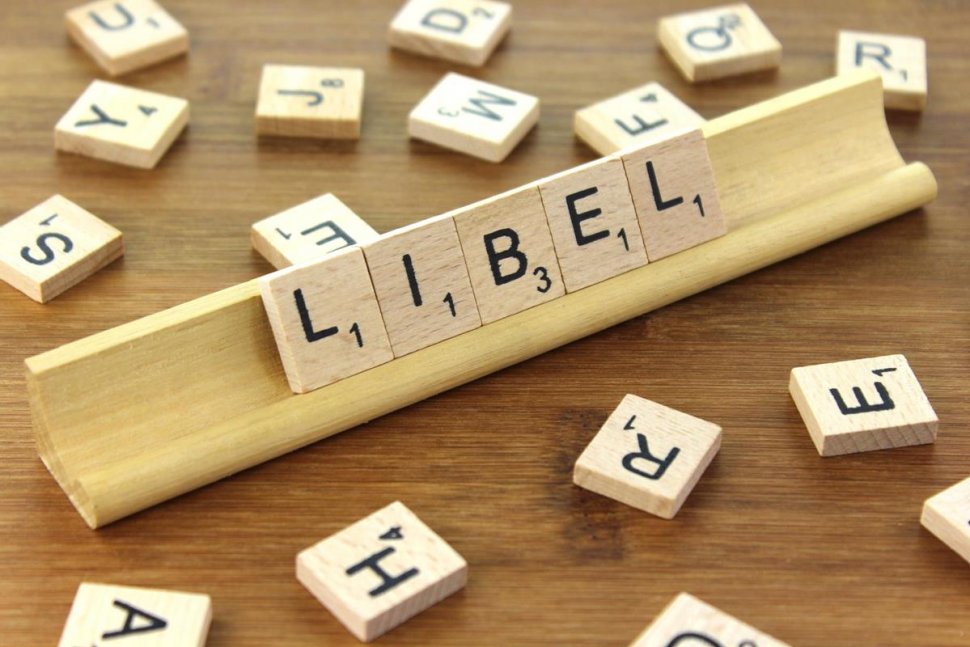
There are 3 necessary elements to a valid cause of action for defamation:
Material will be defamatory if it conveys statements about a person and those statements carry either direct or implied meanings that are harmful to the reputation of that person.
Historically, there was a distinction between libel and slander, with the former being written statements and the latter being verbal statements. However, in 2005 each state and territory of Australia enacted uniform defamation legislation which unified the law across each of the states and territories. That legislation abolished the distinction between libel and slander.
The cause of action for defamation will arise in the state or territory in which the material was published.
There is a general prohibition on corporations bringing an action for defamation, with two exceptions. If the objects of the corporation do not include financial gain for the members of the company, then the corporation may fall within the first arm of the definition of an “excluded corporation” as defined in the Defamation Act 2005 (Qld). Alternatively, a corporation which employs less than 10 people and is not related to any other company may also be an excluded corporation.
There are multiple statutory defences to an action for defamation, including:
Justification
The defence of justification will apply where the defendant can establish that the defamatory imputation is substantially true.
Contextual truth
The defence of contextual truth will be made out where the publication also carries other imputations which are substantially true, and because of the truth those other imputations, the allegedly defamatory imputations are not harmful to the reputation of the plaintiff.
Absolute privilege
Where the defamatory imputations are published during an occasion of absolute privilege, such as during parliamentary proceedings or during a hearing of a judicial body, then the statements are made subject to privilege and the conveyer of those statements cannot be held liable for such.
Public Documents
It is a defence to prove that the defamatory matter was contained in a public document, or a fair summary of a public document, unless the matter was not honestly published for the information of the public or the advancement of education.
Fair report of proceedings of public concern
It is a defence to prove that the defamatory material was published as a part of a fair report of proceedings of public concern, or was published in an earlier report of the same proceedings and the publisher had no reason to believe that the earlier report was not fair. The definition of proceedings of public concern is fairly broad, including but not limited to parliamentary or court proceedings.
Qualified privilege
It is a defence to prove that the recipient of the material has an interest in having information on a subject, the material is published in the course of providing the recipient with information on that subject and the defendant acted reasonably in publishing that material.
Opinion
It is a defence to prove that the publisher, or the publisher’s employee, was expressing their opinion rather than making a statement of fact, the opinion was about a matter of public and the opinion is based on proper material. Material will be proper material if it is substantially true, or was published on an occasion of privilege (absolute or qualified), or was material published under the protection of the public documents or reporting proceedings of public concern defences.
Innocent dissemination
It is a defence to prove that the publisher only published the material in his/her capacity as a subordinate distributor, agent or employee of another entity, and the publisher did not know, or have reason to believe that the material was defamatory and the publisher’s lack of knowledge is not the result of the publisher’s negligence.
Trivality
It is a defence to prove that the circumstances of the publication are such that the defendant is unlikely to suffer damage.
The most common remedy for defamation is the award of damages. There is a statutory maximum of $250,000.00 for non-economic damages, being damages that have been suffered by cause of the defamation but do not constitute a direct economic loss. General harm to the plaintiff’s reputation would be a non-economic loss. However, if the plaintiff loses a specific commercial opportunity as a result of the defamation, then the value of that opportunity would be an economic loss.
The Plaintiff may also seek an injunction against the Defendant to require the removal of the defamatory material and/or prevent the Defendant from publishing further material on the subject.
There are two main procedure steps involved in pursing an action for defamation. The first step is drafting and issue a “Concerns Notice” pursuant to section 14 of Defamation Act 2005 (Qld). The Concerns Notice will put the defendant on notice of their defamatory actions and stipulate the conditions for the removal of the defamatory material.
If the Defendant fails to offer to make amends in accordance with the Concerns Notice, then the Plaintiff will be required to commence proceedings for defamation in either the District Court of Queensland or Supreme Court of Queensland.
The limitation period for an action for defamation is significantly shorter than most other civil actions. Proceedings must be commenced within 12 months from the publication of the defamatory material. However, there are some exceptions to this general rule so check with a Gold Coast law firm to ensure you are on the right timeline.
"*" indicates required fields
Suite 31106, Level 11 Southport Central Commercial Tower 3,
9 Lawson Street, Southport QLD
Riverside Centre
Level 37, 123 Eagle Street
Brisbane City, QLD 4000
Ⓒ 2025 Stone Group Lawyers | Site By Merge

